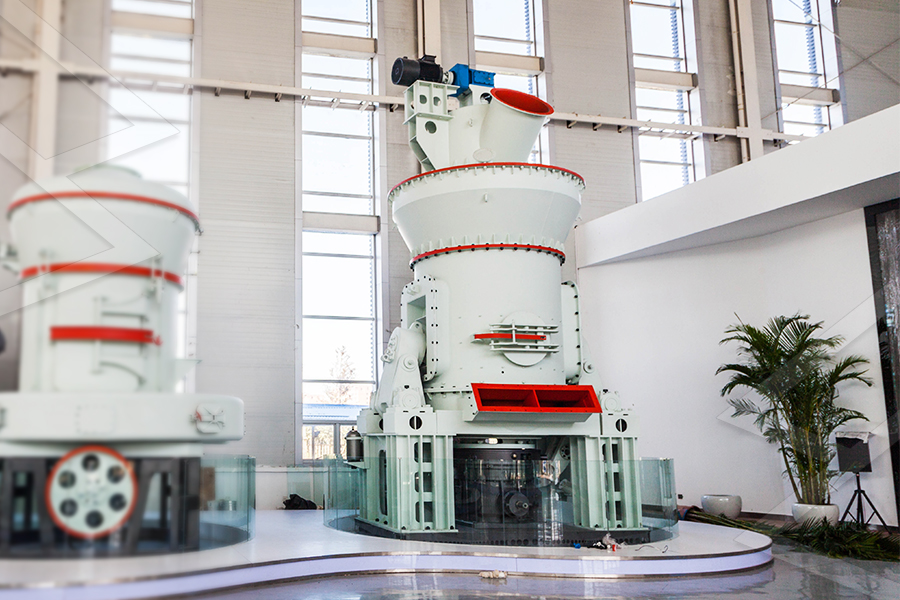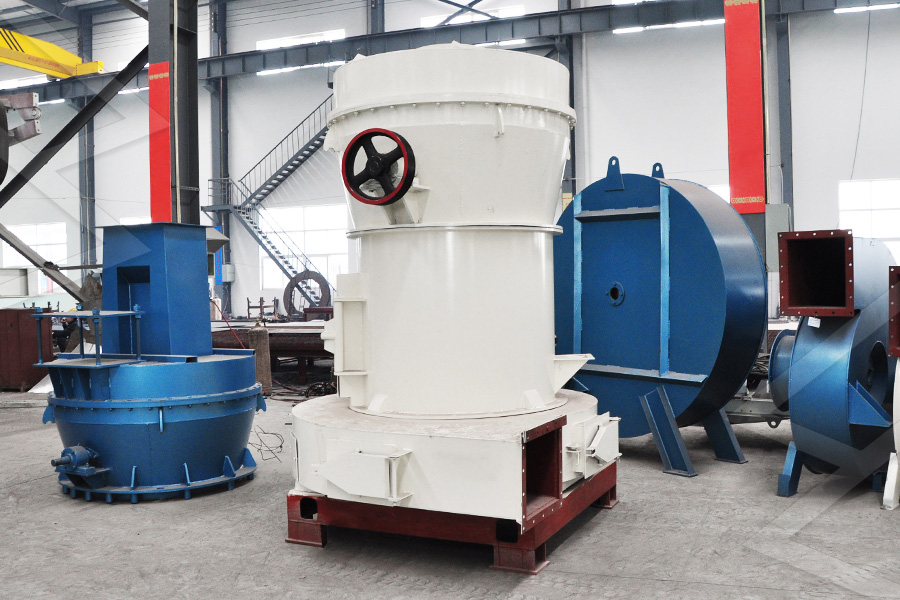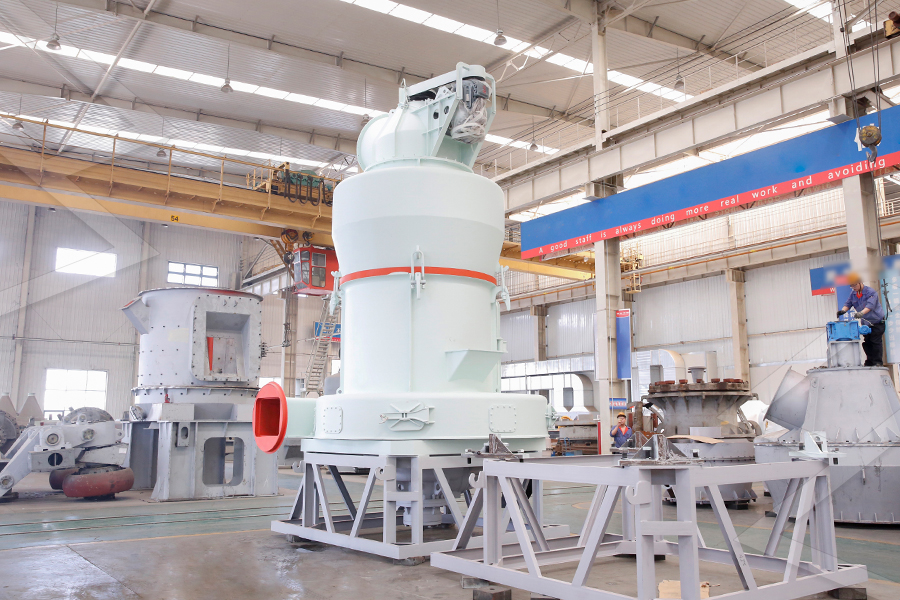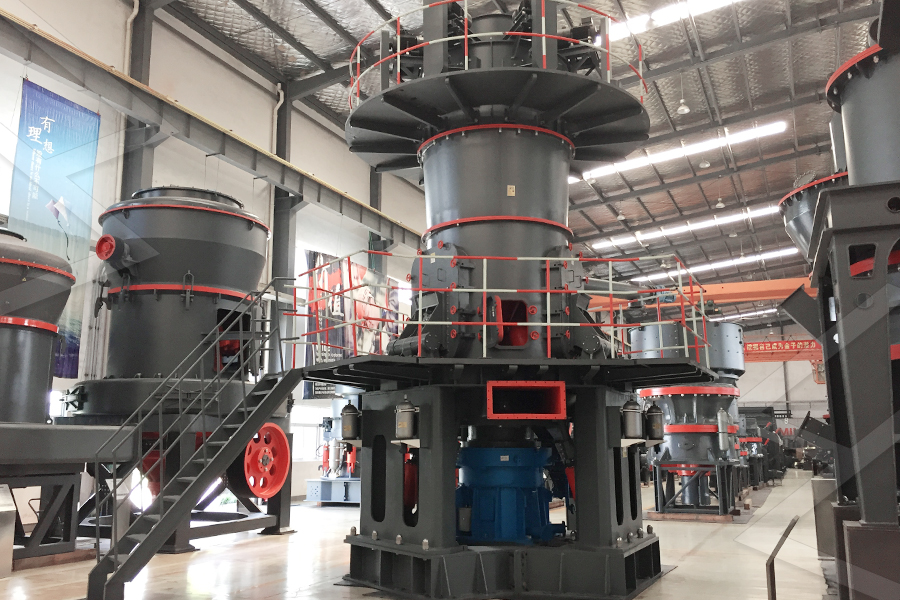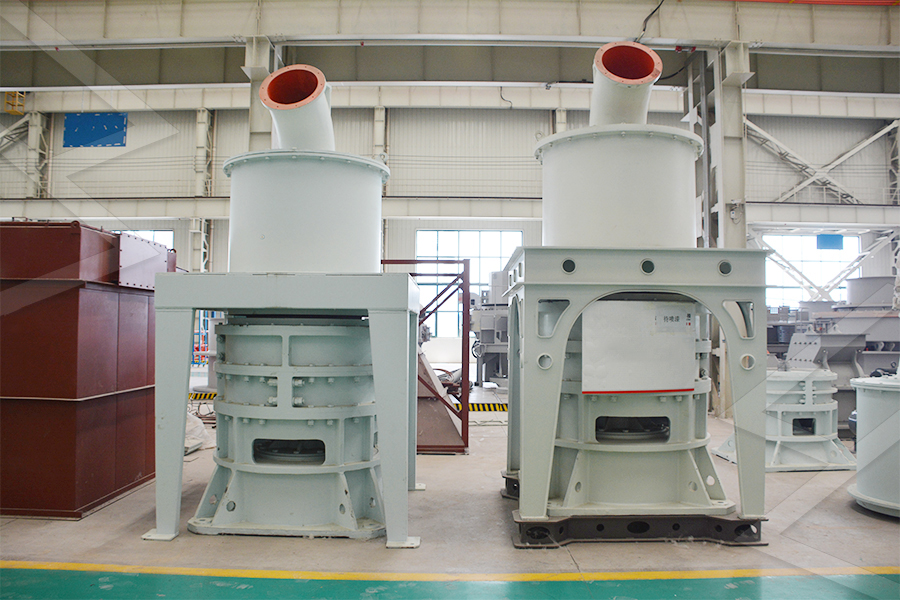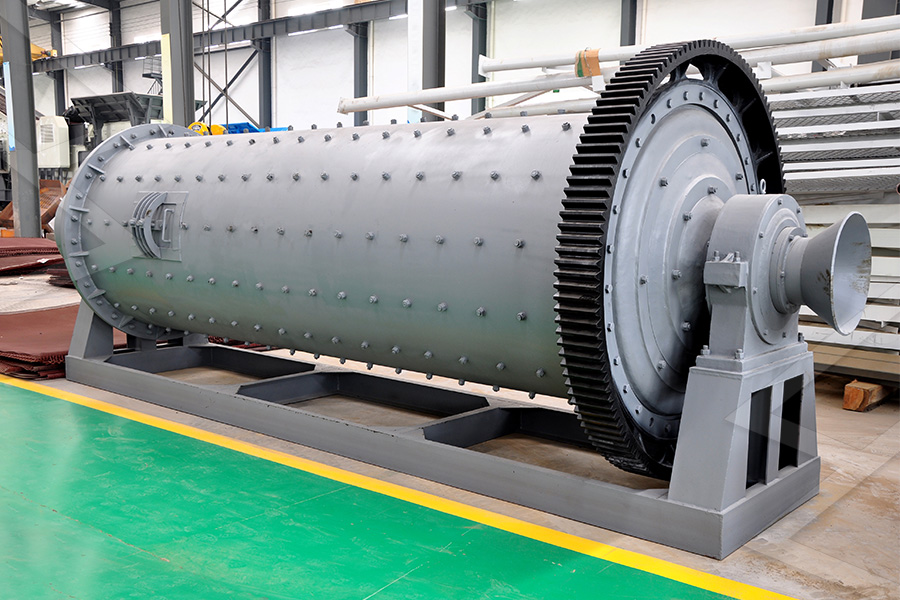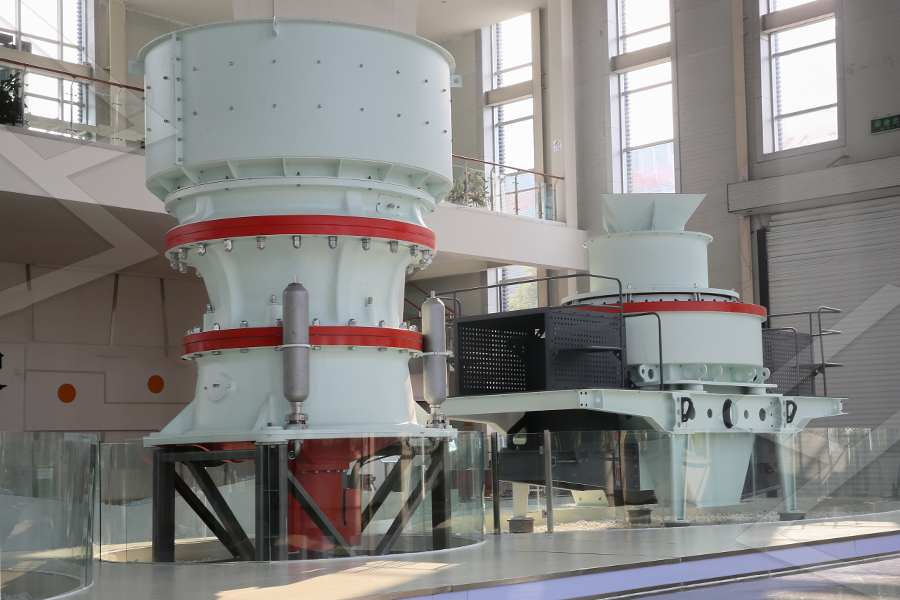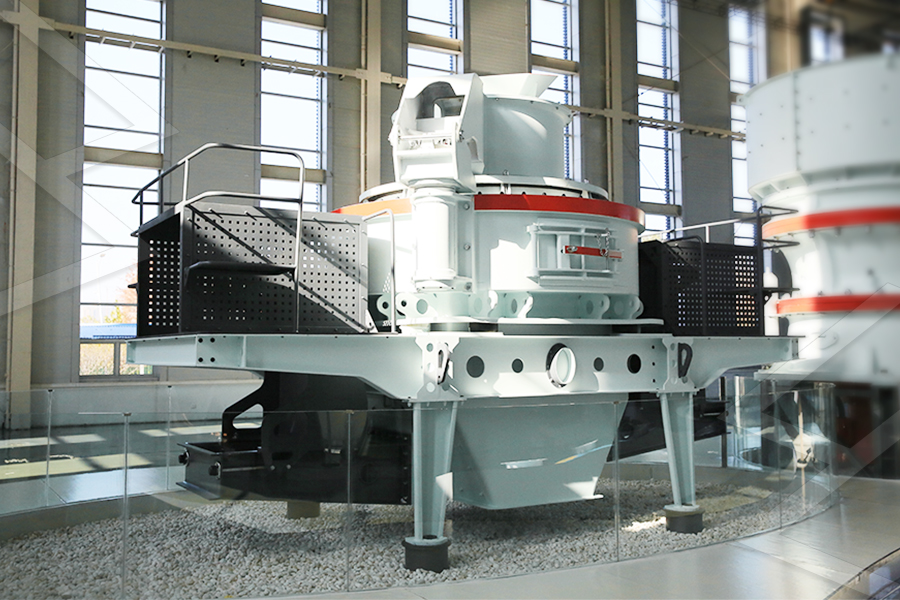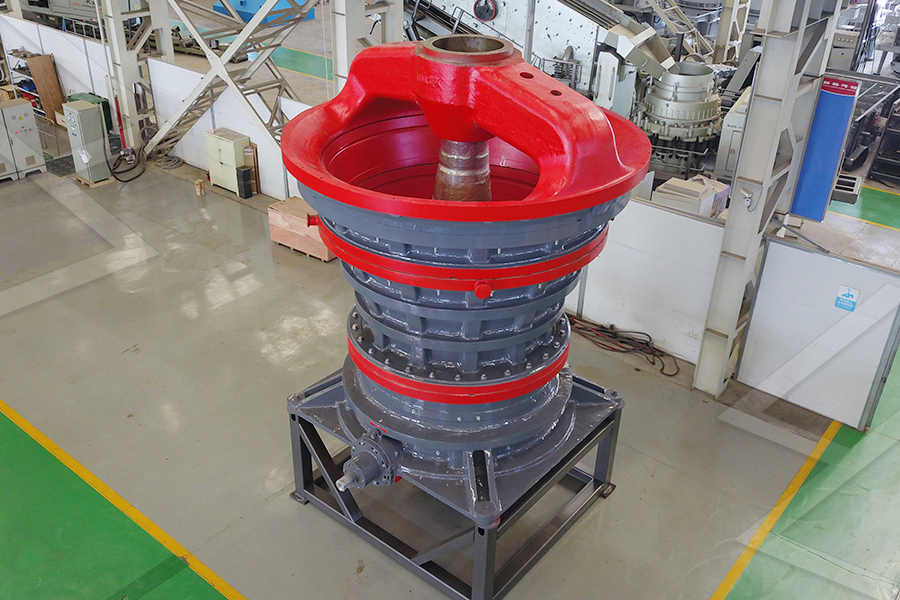Grinding System Design
The project uses a ball mill with a length of 8 meters and a diameter of 2.4 meters—chosen for its ability to handle mixed minerals with varying hardness (dolomite Mohs hardness 3.5-4, calcium carbonate Mohs hardness 3). The ball mill is filled with high-chromium steel balls (diameters 50-80mm) at a filling rate of 35%, which provides optimal grinding efficiency. The blended material is fed into the mill via a screw conveyor, and the mill operates at a rotational speed of 21 rpm—fast enough to lift the balls but slow enough to avoid excessive wear.
To control fineness, the ball mill is paired with an air classifier (installed at the mill’s discharge end). The classifier uses a variable-speed impeller (1500-2000 rpm) to separate particles: 200-mesh particles are carried by air to a pulse bag filter, while coarser particles return to the mill for regrinding. A fan maintains negative pressure in the system, preventing dust leakage and ensuring efficient particle transport. The pulse bag filter has 240 filter bags, each with a surface area of 2 m², achieving a dust collection efficiency of 99.95%.
Post-Processing and Storage
The collected 200-mesh powder is conveyed to a rotary dryer (heated by waste heat from the steel mill’s flue gas) to reduce moisture content to <0.5%—moisture can cause powder agglomeration and reduce desulfurization efficiency. The dried powder is then sent to a 1000-ton silo, equipped with level sensors to monitor inventory. From the silo, the powder is transported to the steel mill via a sealed pipeline (1.2 meters in diameter) using compressed air, avoiding dust pollution during transportation.
